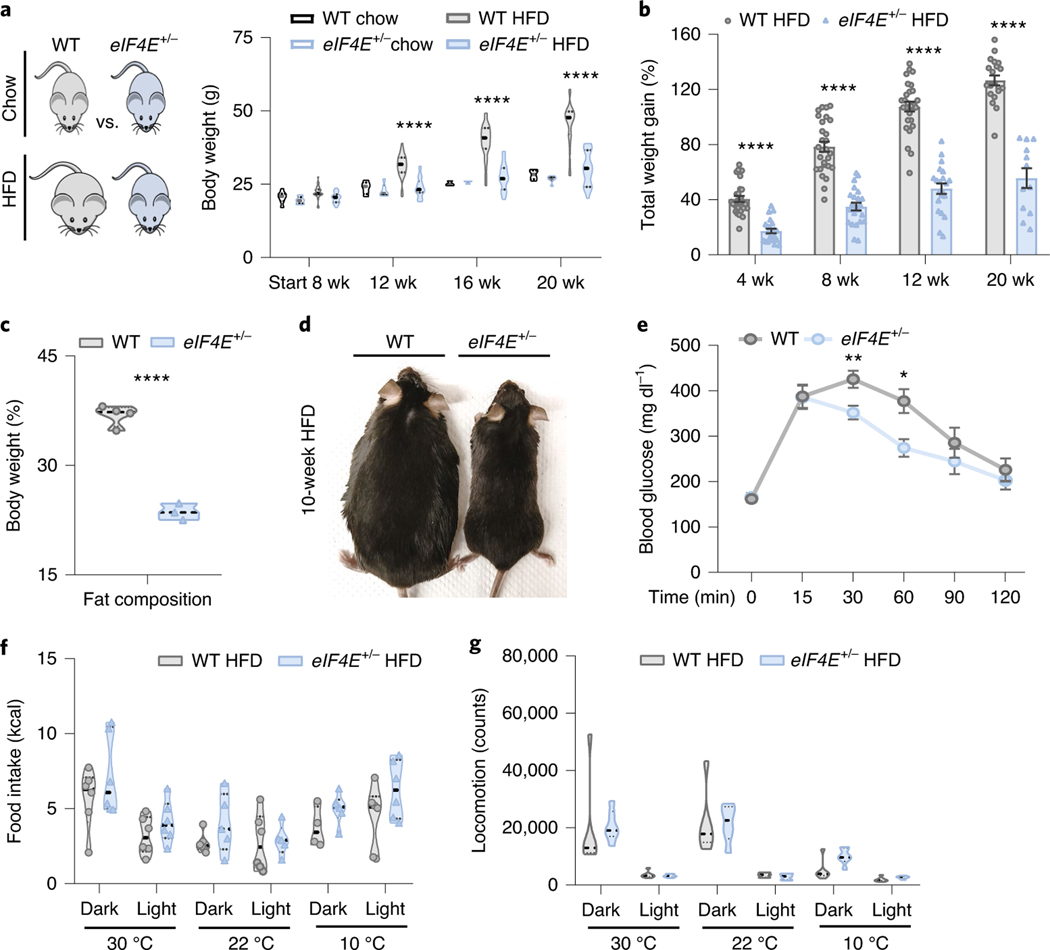Fig. 1 |. eIF4E is required for HFD-induced obesity.
a, Body weight of WT and eIF4E+/− C57BL/6 J male mice on normal chow diet or HFD for the times indicated; HFD started at 8 weeks (wk) as noted (n = 14, 14, respectively (for 8-week chow cohorts), n = 6, 6 (for 12-, 16- and 20-week chow cohorts). n = 28 (WT HFD), n = 22 (eIF4E+/− HFD); ****P < 0.0001, two-way ANOVA). b, Body weight gain, relative to starting weight, for WT and eIF4E+/− C57BL/6 J male mice on HFD for the times indicated (n = 19–28, 12–22; ****P < 0.0001, multiple t-tests). c, Contribution of fat to body weight (%) from echoMRI based on mouse total body weight for individual mice on HFD for 10 weeks (n = 4, 3; ****P < 0.00005, unpaired two-sided Student’s t-test). d, Representative WT and eIF4E+/− male mice after 10 weeks on HFD, e, Blood glucose tolerance test in WT and eIF4E+/− mice on HFD for 20 weeks (n = 7, 6; **P = 0.007, *P = 0.013, unpaired two-sided Student’s t-test). f, Monitored food intake of HFD in mice over 3 days at the indicated temperatures (n = 6, 6). g, Monitored movement of mice on HFD over 24 h (n = 6, 6). For violin plots, all data are shown with median dashed black line indicating independent biological replicates. For line and bar graphs, all values represent mean ± s.e.m. of independent biological replicates.

